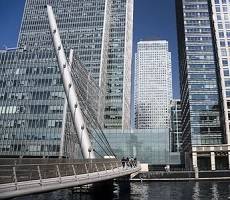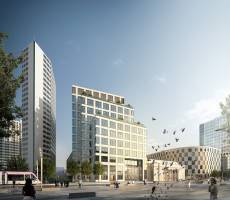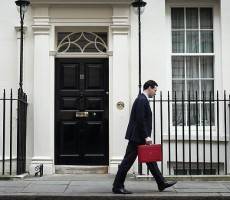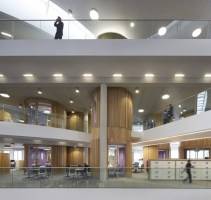March 26, 2015
London remains world’s most expensive city in which to live and work
 London has retained its place as the world’s most expensive city for businesses to accommodate their employees. But according to the latest analysis from Savills, Hong Kong and New York are closing the price gap. The three cities have dominated the Savills Live/Work Index since its launch in 2008 and form a tight group of world class cities where it now costs over US$110,000 per employee per year to rent typical office and living space. London is now 7.3 percent cheaper in dollar terms than in June 2014, while 4th placed Paris has slipped below the US$100,000 per employee threshold for the first time since mid-2012 as a result of rental falls, dollar appreciation and euro weakness. Meanwhile, fuelled by an improving US economy and tech industry expansion, San Francisco has outpaced all other cities in the live/work index, with growth in rent and other real estate costs of 55.1 percent since 2008.
London has retained its place as the world’s most expensive city for businesses to accommodate their employees. But according to the latest analysis from Savills, Hong Kong and New York are closing the price gap. The three cities have dominated the Savills Live/Work Index since its launch in 2008 and form a tight group of world class cities where it now costs over US$110,000 per employee per year to rent typical office and living space. London is now 7.3 percent cheaper in dollar terms than in June 2014, while 4th placed Paris has slipped below the US$100,000 per employee threshold for the first time since mid-2012 as a result of rental falls, dollar appreciation and euro weakness. Meanwhile, fuelled by an improving US economy and tech industry expansion, San Francisco has outpaced all other cities in the live/work index, with growth in rent and other real estate costs of 55.1 percent since 2008.

































March 11, 2015
How a big, stupid idea can be more attractive than a small, effective one
by Mark Eltringham • Architecture, Comment, Property
We’re going to be hearing a lot of big ideas over the next few weeks. Politicians will be sharing their ‘visions’ with us and letting us know exactly how ‘passionate’ they are about them and anything else Twitter tells them we care about. It’s going to be boring and infuriating, but we only have ourselves to blame. We fret when politicians don’t give us a handy label on which we can rest our hopes or lay the blame, depending on whether we agree with whatever the big idea is or not. Of course, David Cameron’s vision of choice when he became Prime Minister in 2010 was The Big Society. I won’t get into the rights and wrongs of that but I think we can all agree that The Big Society has been kicked unceremoniously into The Long Grass and we won’t be hearing much about it in the build up to this year’s General Election. Nor will we be hearing much about another of David Cameron’s pet projects even though that has actually gone on to be something of a success.
More →